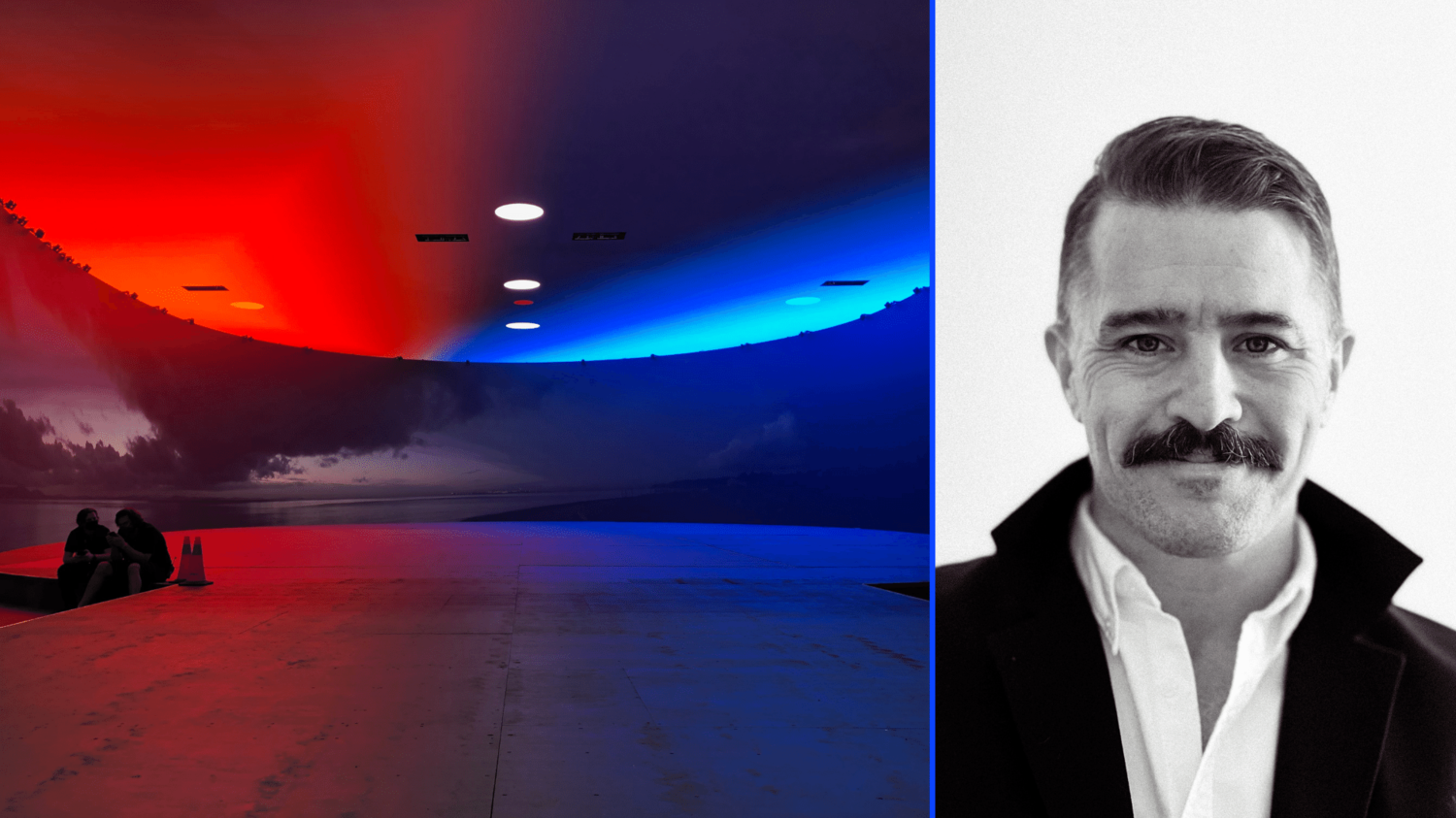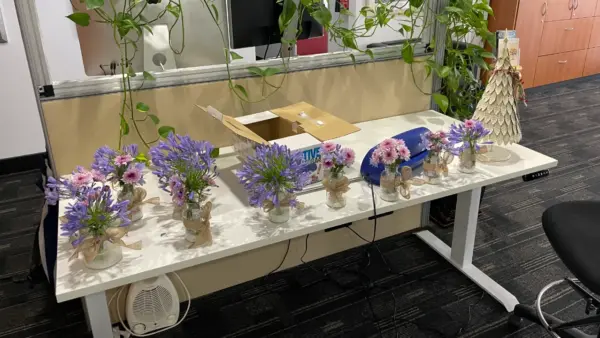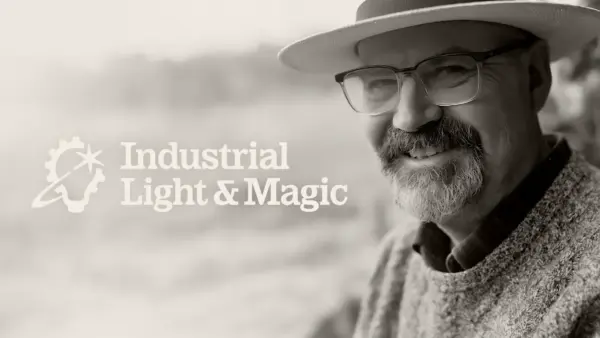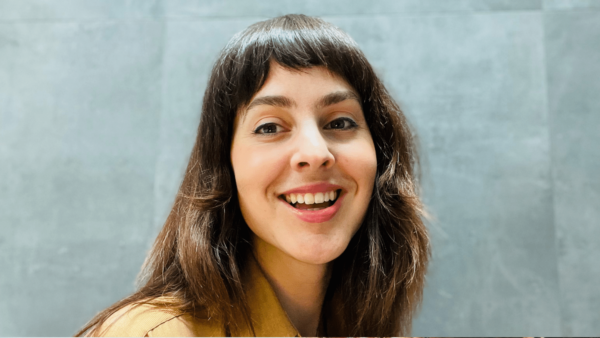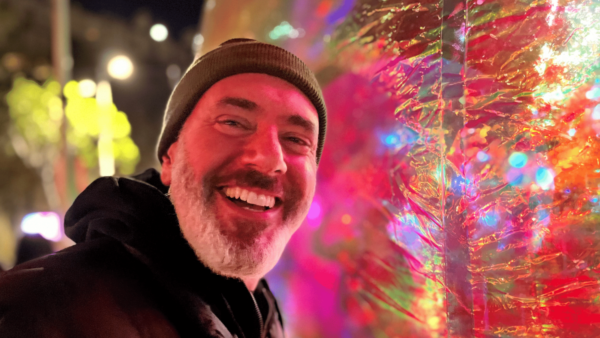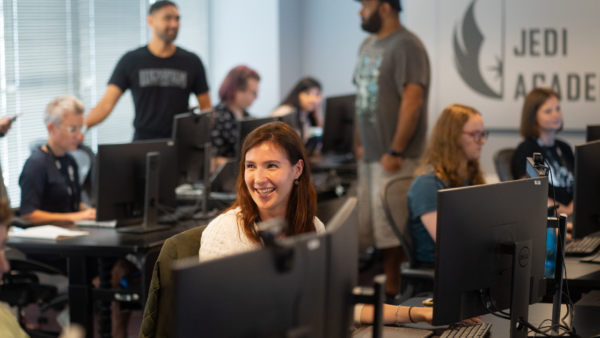Alex Fry from Industrial Light & Magic’s Sydney studio is part of the company’s small, specialised global department, dedicated to all things colour. Read about what his job entails and how a Betamax with Star Wars on repeat catapulted him into a career in VFX.
Tell us a bit about your role at Industrial Light & Magic
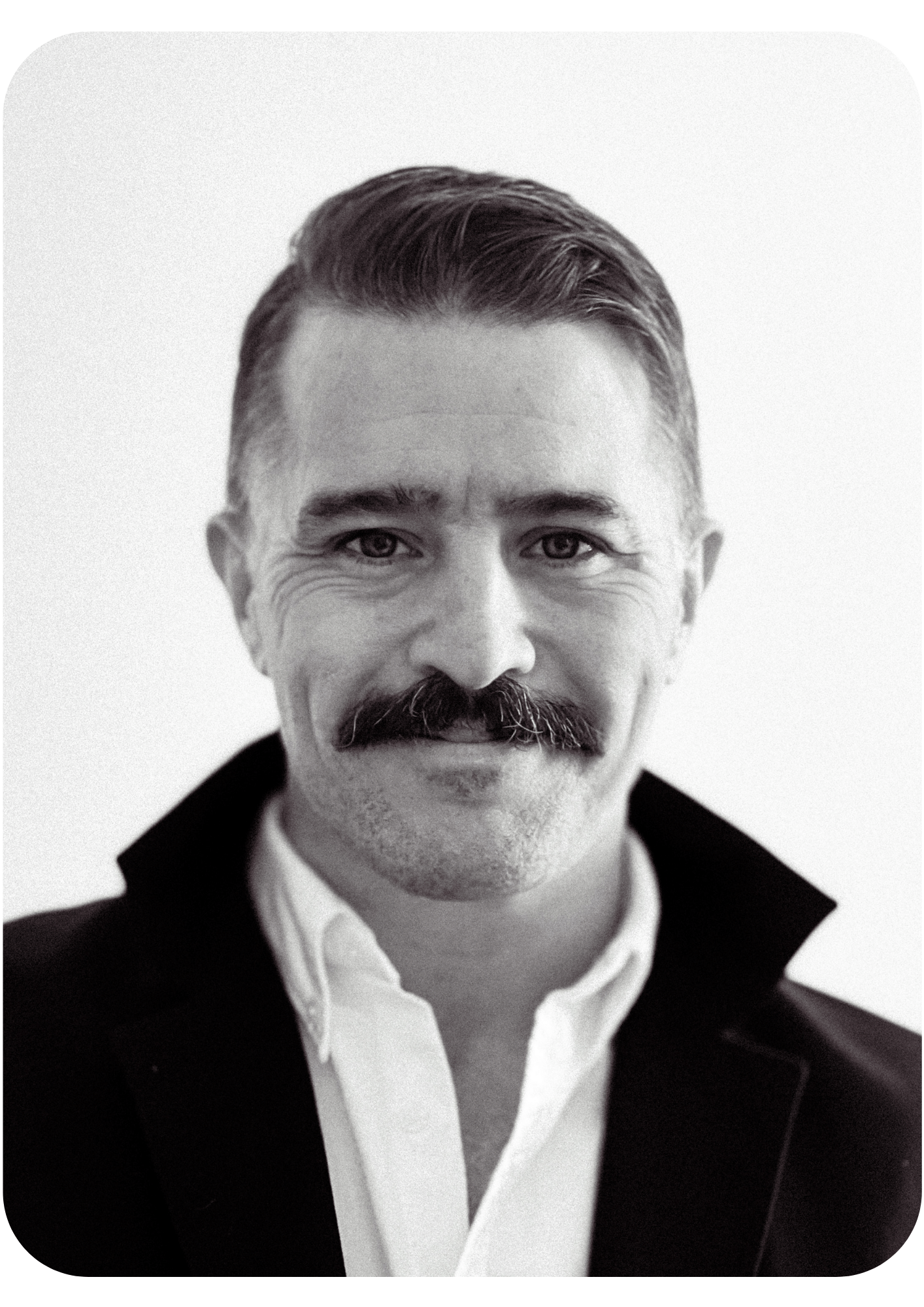
Ultimately, any problems with the way colour is handled within ILM is a problem for the Colour & Imaging Department. That sounds simple but can end up touching upon a pretty broad range of subjects. What sort of light is coming out of the lights being used on set? What do the pixel values coming out of this specific camera mean? How do I combine them with pixels from a different camera? What sort of display am I viewing them on? How do different pieces of software change this? What sort of information is the client giving us, and what do they want back? What should the lighting in the office be like when people are looking at these images? Is the client looking at the same thing as us? And how do all of these things get connected together, across multiple departments, using different software, across different sites, on dozens of different productions, at the same time, in a way that doesn’t drive everyone up the wall.
We’re now a team of five people spread across the globe, which sounds like a tiny department by ILM standards, but is actually very large by VFX standards. Most companies have somewhere between 0 and 1 person dedicated to this specific area. It’s great to be not just a single person trying to tackle these problems, but part of a team of people who can all bounce off each other, trying to find new ways to deal with issues that on the surface seem so simple, but is shockingly complicated once you get into the gory details.
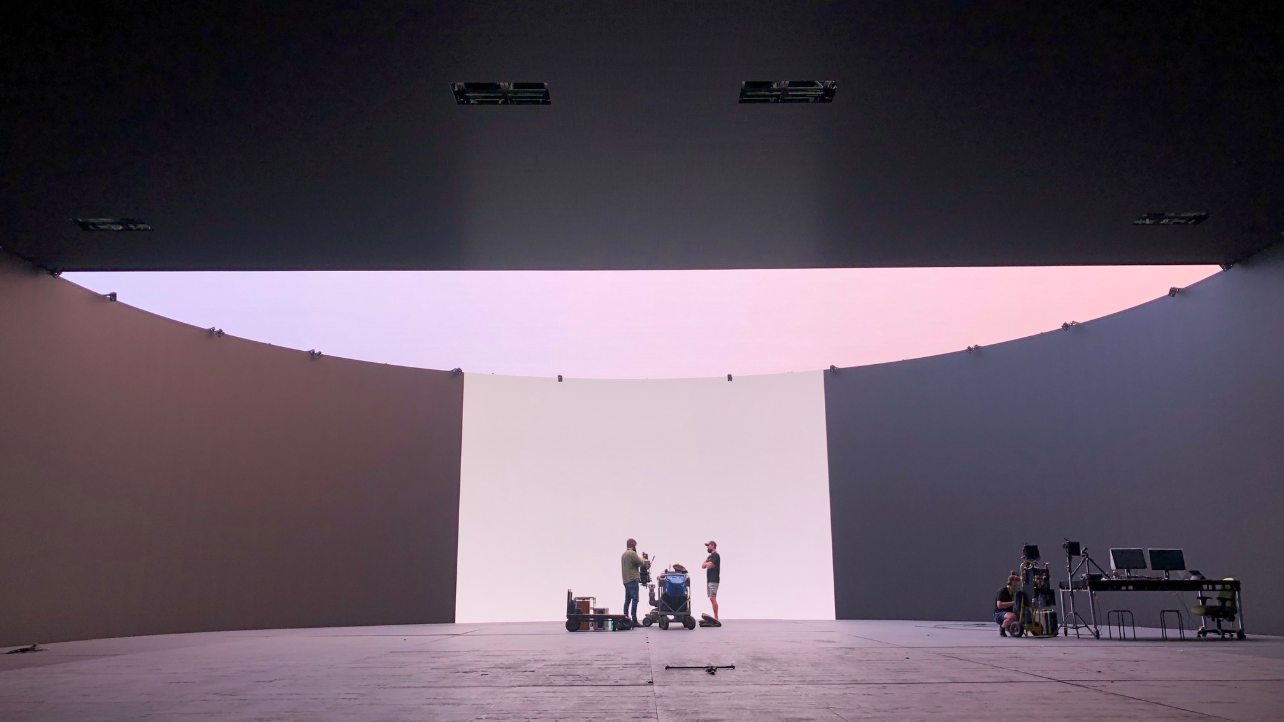
Tell us a bit about your background, what led you down the path of colour?
Before this role, I was a compositing supervisor, with a history of compositing going back about 20 years. Traditionally, whatever set of choices (for better or worse) that have been made through all the different parts of the capture and VFX process land in the lap of the compositor to sort out and make sense of. My compositing career progression happened to be in sync with the transition from film to digital capture and projection, which caused a bit of an explosion in complexity. Dealing with, and finding solutions to these problems became a subarea of expertise for me, also extending out to where traditional VFX processes shade into the world of DI and colour grading.
About 18 months ago an opportunity presented to become involved with the StageCraft Volume ILM were setting up in Sydney for Thor: Love And Thunder. This set-up represented the convergence of a whole bunch of areas of interest of mine; real cameras, real-time rendering, and VR. It also represented a chance to really double down on one specific area, colour, and to see just how deep the rabbit hole can go.
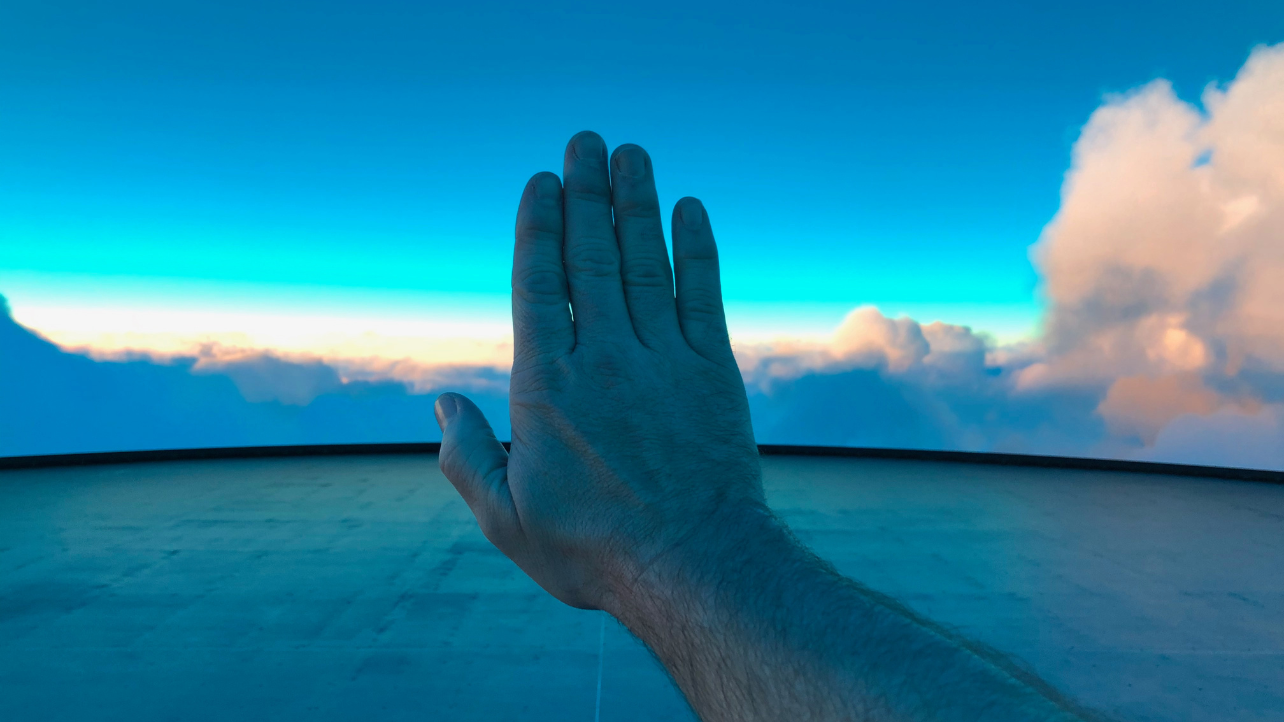
Why are colours so important in a film?
Everything we do in VFX, and filmmaking in general, ultimately gets expressed as “colour”, “light” and “shadow” that somehow make it into the eyeballs of an observer (I’m ignoring audio here obviously). It IS the medium that we work in, and having a firm understanding of what’s going on with them, and knowing how to control them is essential for obvious reasons.

Anything else you want to tell us about colours?
It’s always more complex than it seems at first glance. We almost never deal directly with colour in a pure and direct form, as in the sensation of colour – that really only exists in your mind. We’re dealing with layer upon layer of models and abstractions that have built up over a century of technical and psychophysical R&D. Covering the way our minds work (or think they work), along with the hard physics of electromagnetic radiation, the chemistry of film stocks, and the magic of quantum dots. All expressed through the boots-on-the-ground reality of making our abstract models work with real software and real hardware. They’re colours, but they’re also just numbers….It’s complicated.
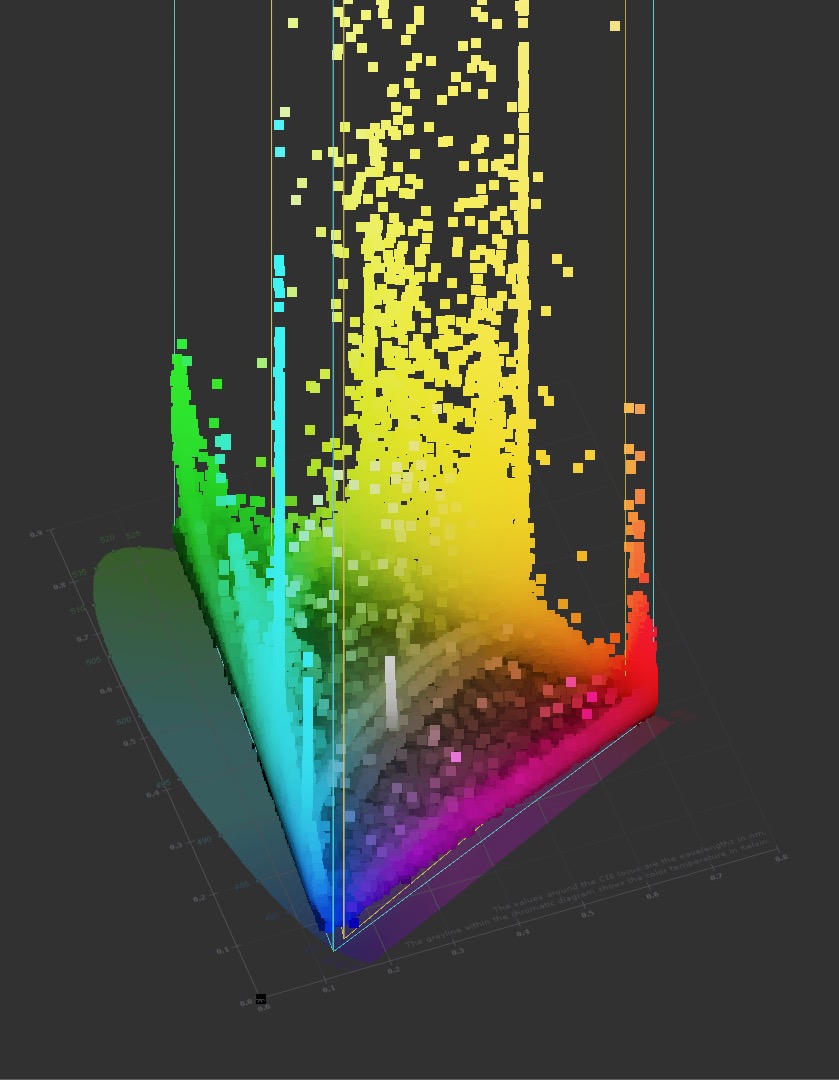
What inspired you to get into VFX?
Oh, I’m a classic Star Wars generation kid. When my younger brother was born, I was left at home with a Beta cassette of Star Wars: Episode V: The Empire Strikes Back, which I watched four times back-to-back. By the time I was 14 or so I had more or less committed myself to a job in VFX, teaching myself various 3D apps on my dad’s Mac, whilst reading books about ILM. During the late 1990s, there weren’t really any undergraduate courses dealing with anything VFX or animation related in Australia, so I ended up doing a BA in TV Production at Charles Sturt University in Wagga, which gave me enough space to develop and explore those skills within a broader course load.
As soon as I left university, I used some of the connections I’d made there to basically fall straight into a job at Ambience as a broadcast designer, then quickly moved into straight compositing (as they seemed like the ones who were having all the fun in their Flame suites). From there I basically became part of the freelance compositor pool, moving between companies doing a mix of Film and TVC work.
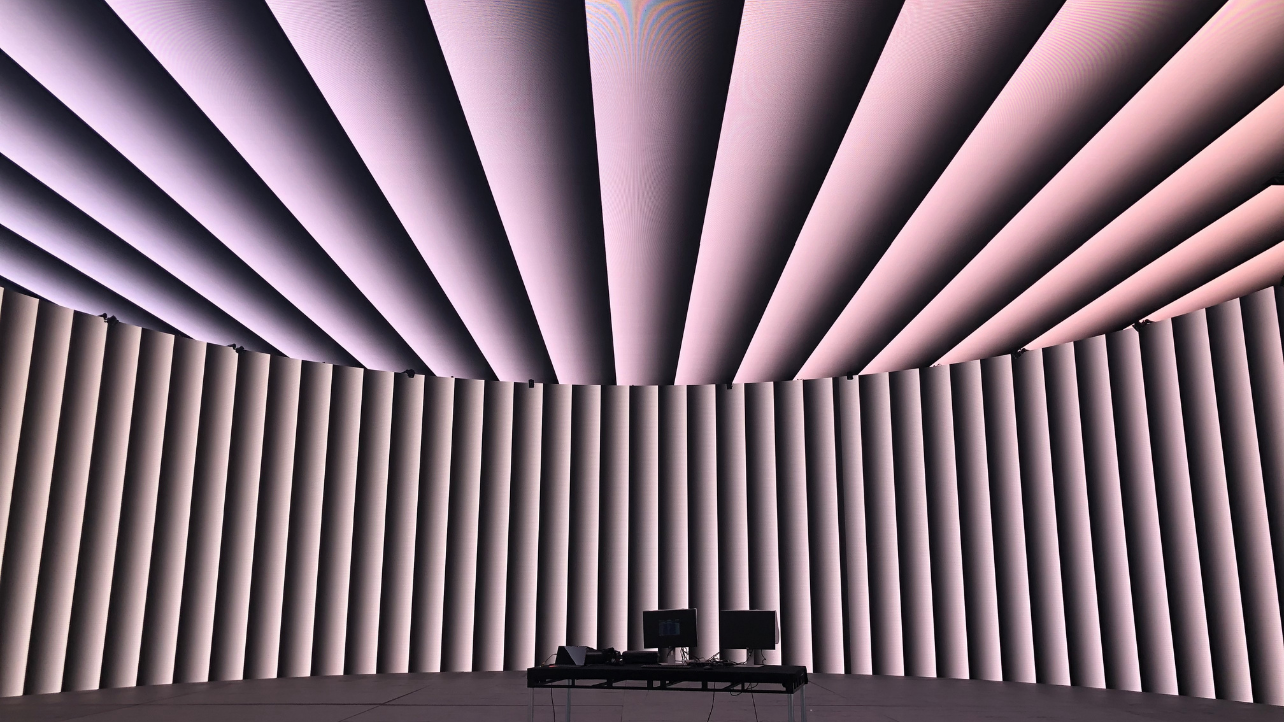
Can you talk us through a few of your career highlights?
Getting to work on The Lord of the Rings: The Return of the King was my first real “You’ve made it” moment. The first trailers for the trilogy had come out when I was still a student, and getting to work on something like that seemed like a long long way away. So even though it was a short stint, during the final crunch, getting over to New Zealand to work on that felt very satisfying.
I spent a number of years working directly for the director Michael Gracey, on a wide variety of projects that can probably best be described as VFX heavy song and dance numbers. The most intense probably being concert visuals for UK pop singer Will Young. As these things are never really finished, we ended up on tour through the UK, dragging a Power Mac through the underbelly of a series of stadium arenas. It was very, very hard work, but a lot of fun, VFX on the road.
And of course, like a lot of people in this part of the world, I look back on The Lego Movie as a real perfect storm of a production to work on. A great team, with great content, and a number of technologies that were cresting a wave at the perfect moment. Normally you look back on projects with a lot of “what ifs”, or the sense that somehow the final result is less than the sum of its parts… But not that one.
Proudest career moment?
My first SIGGRAPH talk I guess. Going from being one of the wide-eyed kids in the audience (first time I went was in 2002) dazzled by the magic, to being in a position where I actually had something useful to contribute felt pretty great.

Most challenging shot or sequence you have worked on?
I’m struggling to think of specific ones right now, but the common theme always seems to be scenarios where you need to combine everything. CG, live action, matte paintings, and the curveball, miniatures. Miniatures somehow seem to bring out and magnify the things that are “pretty good, but not perfect”. Subtle tracking errors in real live-action helicopter plates having knock-on effects with how real physical motion control arms behave when it comes time to shoot the model. The sort of problems that can only really get fixed in compositing with a combination of art, science and sticky tape. I’ve had very similar experiences on Ghost Ship, Lord of the Rings, Harry Potter and, weirdly, Happy Feet 2. Despite that, I do still wish we used miniatures more, they’re just plain cool.
What excites you the most about your job?
Those moments when you’ve been smashing your head against a problem, making no progress, and suddenly, something clicks. You see a way through, and better still, that way opens up to a new undiscovered country you never knew was there. That feeling of fresh green possibility is rare, but when it happens it’s pretty special.
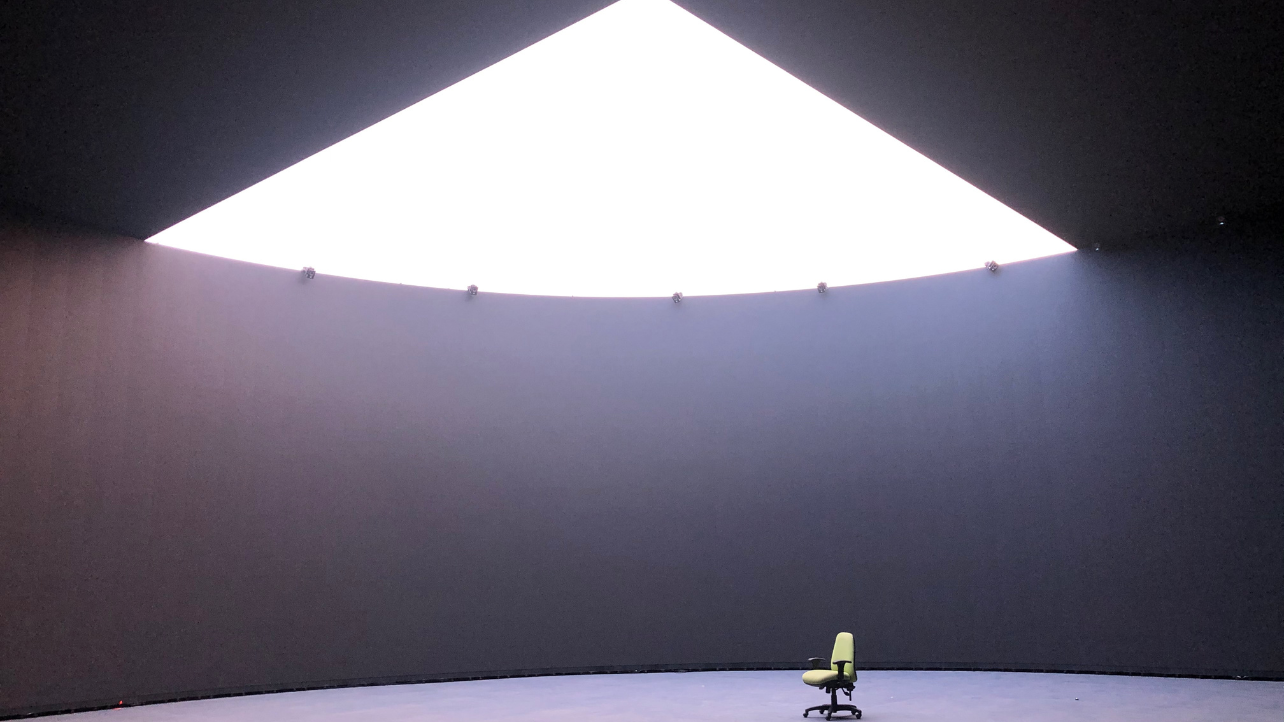
What makes Industrial Light & Magic special in your eyes?
The continuity and the history. I’m not that young anymore, but ILM has been the big show for literally my entire life. Everything that happens here is part of a legacy that represents every era of the wide-ranging creative and technical human expression that is Visual Effects.
Who has been your biggest mentor/inspiration professionally?
Particularly early in my career, the Sydney compositor Tim Baier was a huge influence on me, pushing me at a number of key moments to go in some very specific directions. Also, Tim Crosbie back at Rising Sun Pictures really ignited my interest in the colour domain. Opening my eyes to the game being deeper than just “it’s just RGB”.
If you hadn’t become a Senior Colour & Imaging Engineer you would be working as? Why?
Assuming I was still in VFX? I’d still be a compositing supervisor for sure. It’s a broad discipline with so many subareas of expertise to get into. I just happen to have chosen to deep dive into one in particular.
Outside of VFX? Maybe a photographer? It’s another area with depth in both the aesthetic and technical domains.
Your biggest passion(s) outside of VFX?
Cameras, racing cars, old fighter planes, vintage computer graphics workstations. Things that can simultaneously be “tools” and “art” in and of themselves. Objects with depth. But I almost consider these things to all be extensions of my interest in VFX, not things outside of it.

I spend a bit of time tinkering with electronics, trying to design new types of hardware interfaces to help deal with digital tools in a slightly more analog way. But again, this is so closely related to work that it’s hard to really separate it.

My only real hobby that’s truly outside of VFX is Brazilian Jiu-Jitsu. Rolling around on the ground with a bunch of middle-aged blokes at 6am awakens some very old and deep parts of the brain that never get used in the genteel world of VFX.
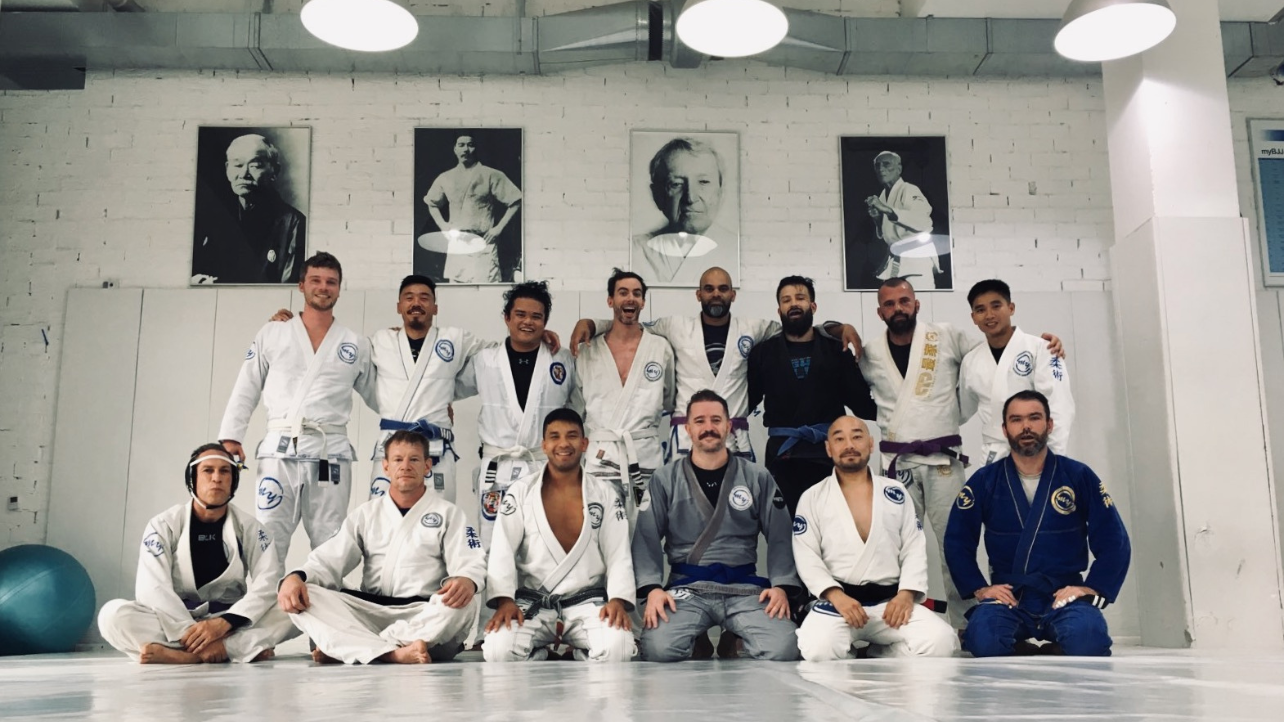
Best advice you can give to someone who wants to become a Colour & Imaging Engineer?
It’s such a niche job I’m not sure if there is a direct path to it. Almost everyone on our team has ended up here from different directions. And I’m not sure if any one of us would have, had it not sparked our interest when presented as part of a larger area of domain knowledge.
Your best advice to someone who wants to get a foot in the door in the VFX industry?
Get out there and make stuff. Nothing forces you to learn better than having something you want to make, and not knowing how to make it. Access to the tools and knowledge has never been easier, so just make stuff! If you make good stuff, people will notice.
But don’t completely ignore the soft skills, making some cool stuff will get you in the door, but people need to enjoy having you around for you to get the second job.
Check out Alex Fry’s work here.
Head over to ILM’s YouTube channel to see their skills in action!
CONTACT
Luke Hetherington
Executive in Charge, Singapore & Sydney ILM Studios
[email protected]
www.ilm.com
